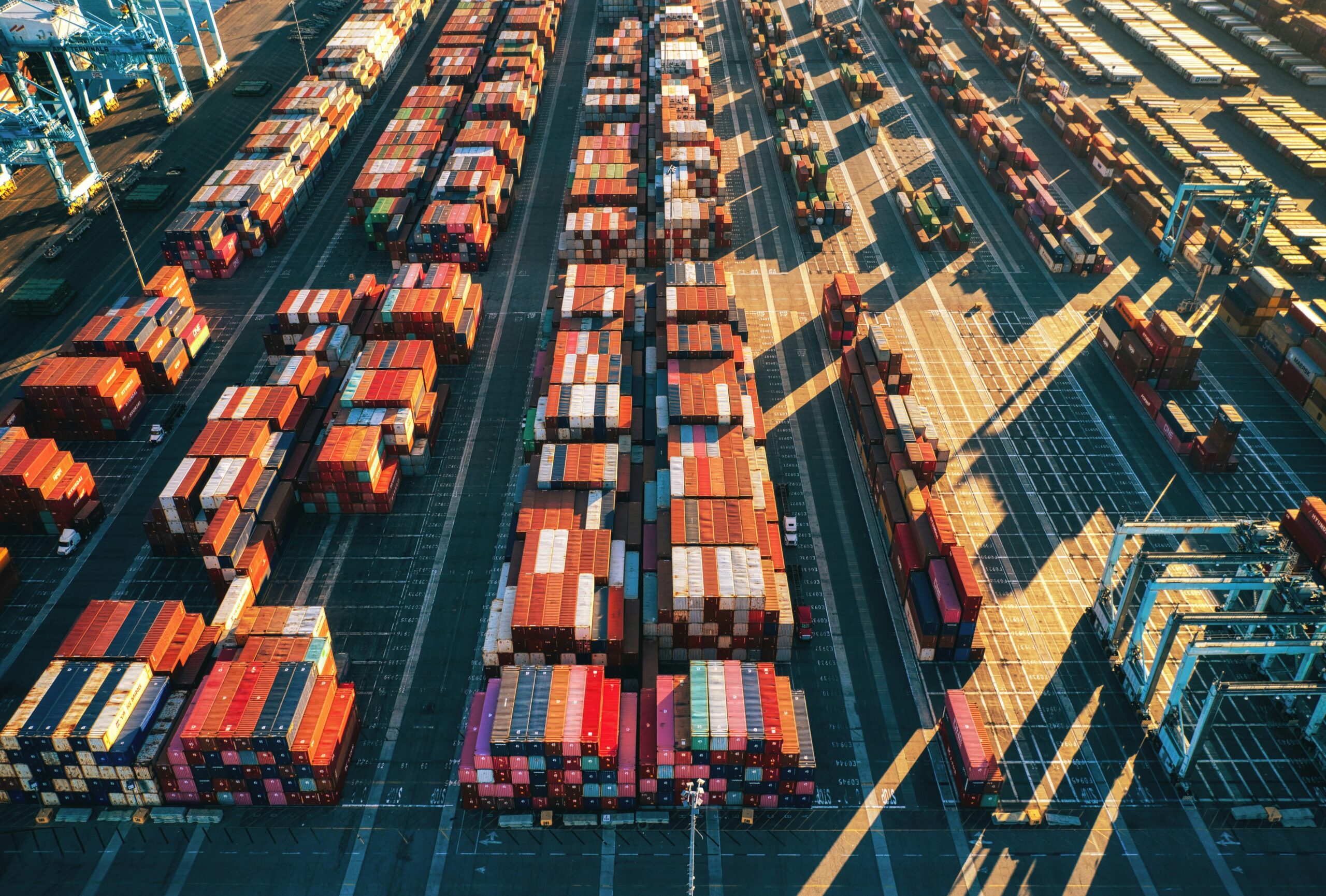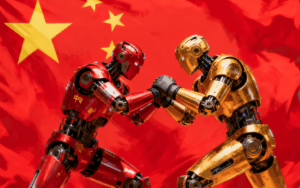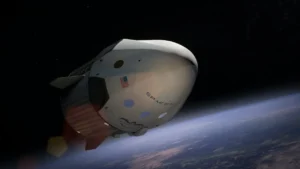On December 22, 2023, China escalated its control over the global supply chain of rare earth metals, crucial for advanced technology. This strategic move, reported by Nikkei Asia, comes amidst growing concerns over economic security and efforts by the United States and Japan to reduce dependence on Chinese suppliers.
A Tightening of Global Trade Controls
Rare earth metals, essential for producing powerful magnets, are at the heart of this technological standoff. While Japan is proficient in manufacturing these magnets, the U.S. integrates them into high-tech products. Despite China’s dominance in global rare earth production, which recently dropped to around 70% from 90% a decade earlier, U.S. attempts to establish independent supply chains are hampered by their reliance on Chinese processing facilities.

The Chinese government’s recent actions include a ban on exporting rare earth extraction, selection, and refining technologies. This not only tightens existing export controls but also restricts key industrial metals. The U.S., despite starting to develop its own rare earth mines, still sends most of its raw materials to China for processing, underscoring their technological edge in refining.
Furthermore, China now requires exporters to report the types and destinations of the rare earth metals being shipped. This move, coupled with the requirement for prior approval for exporting gallium and graphite—used in semiconductors and electric vehicle batteries respectively—signifies China’s tightening grip on essential resources for advanced technologies.
New Era in Global Tech and Resource Politics
The recent regulatory changes reduced the export control list to 134 items from 164, as per 2020 regulations, but introduced more detailed technical requirements in advanced technology sectors. This is seen as a response to the ongoing rivalry between Washington and Beijing for technological supremacy.
This strategic maneuver by China highlights the significance of rare earth metals in global power dynamics and the challenges faced by other nations in establishing independent and environmentally sustainable supply chains. It also raises questions about the future of technological advancements and the geopolitical landscape of resource control.















